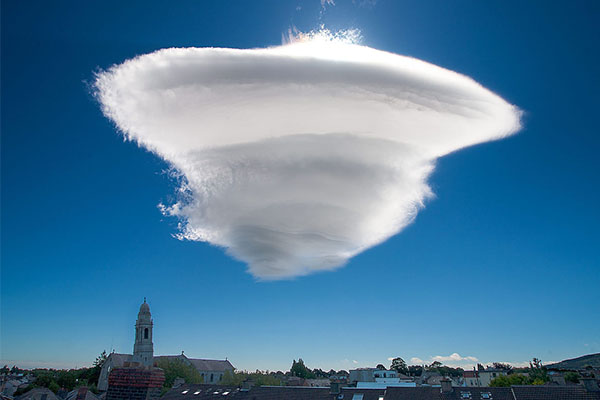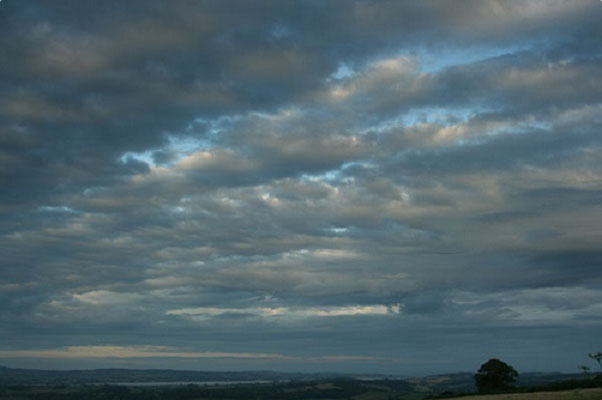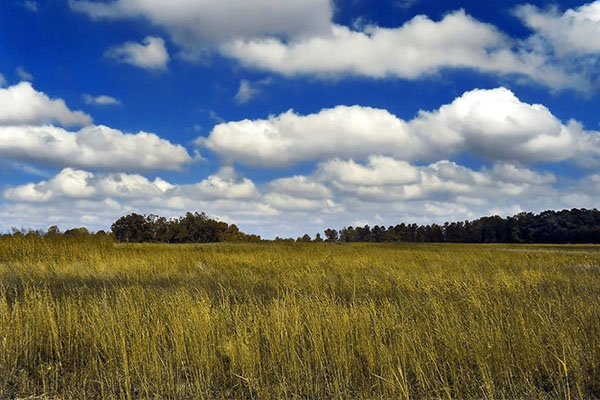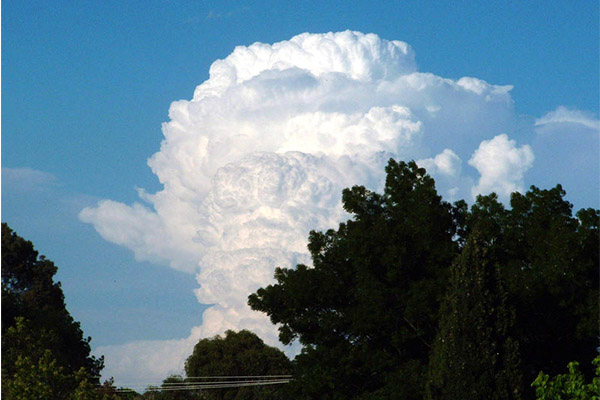The news reports we are hearing of the aftermath of Hurricane Harvey are heartbreaking. Tens of thousands of people in coastal areas in Texas have been evacuated from their flooded neighborhoods, if they could get out at all. On NPR a woman spoke of having to wade out of her house in water that was mouth high and that rescuers simply told her to keep her mouth shut as she waded to the boat through the dirty water.
Other people have said that they did not get enough information about how serious the storm would be. They simply did not know the risks they were facing in staying in their home. If they did know the risks, maybe they didn’t truly believe how bad it would be. Some people think that hurricanes are just a joke. I grew up in Florida and I have been through a couple hurricanes when I was younger person. And people who have not experienced hurricanes, as well as people who have been through some less severe hurricanes, can tend to think that the warnings or overblown. So I understand the attitude of “Oh, it’s probably not going to be that bad.”
The media is bad about over-blowing dire warnings. Like, the total solar eclipse in Oregon that happened recently…the state was predicting clogged roads, grocery stores running out of food, gas stations running out of gas, and emergency responders not being able to get through to people. It turned out to not be that bad. So, yeah, I get it.
The problem is, it’s hard to tell when you really will be OK in your home and when you will not be OK in your home. So what can we learn from a disaster like Hurricane Harvey?
Number one. Plan to take care of yourself because no one else will do it.
911 will not answer. The ambulance will not come. The firetruck will not come. Plan ahead to get yourself out of the area on your own with whatever resources you have because, bottom line, in a serious situation help will not come.
If you live in a place that is prone to flooding consider getting a small rowboat. Or a kayak. Or an inflatable raft at the very least that you can keep packaged up in your garage or underneath your bed until the time comes that you need to deploy it.
Stock up on portable food and water. This does not mean cans of soup, jars of peanut butter, and gallon jugs of water. Those are nice to have, but not practical in a flash flood/hurricane situation. Because if you have to leave on that inflatable raft I just mentioned, you will not be taking 50 pounds of food and water with you. This is the time to have water in pouches and high calorie food bars and bricks. Put a few in the bottom of your bag to survive on.
There are shelters in place for the Harvey victims but in the Houston area the news report said there are 10,000 people in the convention center. That is twice as many as the Red Cross planned for. They only planned for 5,000 people. There’s not enough food, not enough blankets and not enough space for the people who are in shelters. Again don’t rely on the government to help.
Remember your pets. Some people were forced to leave their pets behind, although news reports had pictures of people walking out carrying their dogs. No one wants to have to leave their pets behind but if it is a question of your survival or the survival of your family and leaving when you have to leave you, may be forced to make that horrible choice.
If you live in a flood-prone area consider investing in an inflatable life vest for your beloved pets. If you do have to leave them behind the inflatable vest could be their lifesaver. If you are able to take them with you the inflatable vest can make your trek easier. If you have pets an aluminum rowboat would be a better choice than a kayak or inflatable raft for your bug out vessel.
The other thing you must do is keep yourself informed. Many younger people nowadays don’t watch the news and don’t read the newspaper. They may only get their news from Facebook. Their knowledge and awareness of a deadly situation could be very minimal. It is up to you to keep yourself informed. Monitor websites you trust. Don’t just talk to your friends. Download some emergency apps like the one from the Red Cross. Sign up for weather updates from your local news station. Make sure you know what is coming to your area. If the authorities say it is going to serious, heed that warning. It is better to be prepared for an event that does not become life-threatening then to be unprepared for an event that is life-threatening.

















